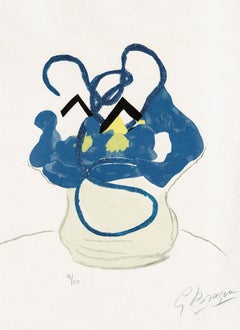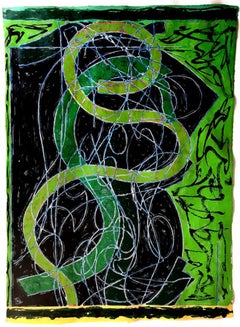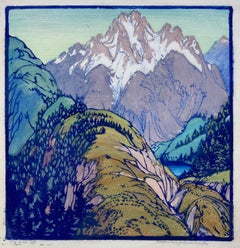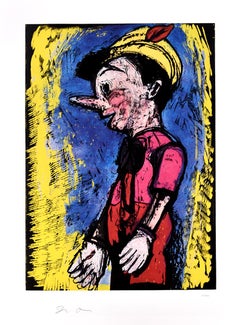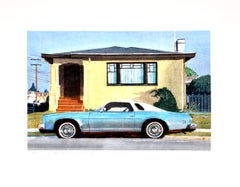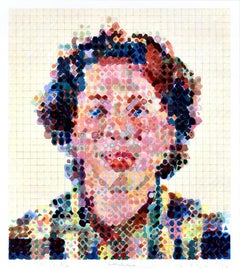Woodcut Prints and Multiples
1960s Modern Woodcut Prints and Multiples
Woodcut
1980s Modern Woodcut Prints and Multiples
Woodcut
1930s American Modern Woodcut Prints and Multiples
Woodcut
Early 2000s Modern Woodcut Prints and Multiples
Screen, Woodcut
1990s Modern Woodcut Prints and Multiples
Woodcut
1980s Modern Woodcut Prints and Multiples
Woodcut
1990s Modern Woodcut Prints and Multiples
Woodcut
Late 19th Century American Modern Woodcut Prints and Multiples
Linocut, Woodcut
1930s American Modern Woodcut Prints and Multiples
Woodcut
Late 20th Century American Modern Woodcut Prints and Multiples
Etching, Woodcut
1960s American Modern Woodcut Prints and Multiples
Woodcut
Find Original Woodcut Prints for Your Home
Original woodcut prints and other types of fine art prints can help enhance any room in your home while supporting your effort to tie an interior design together.
Woodcut is a type of relief print that is made by carving a block of wood with a knife or gouge. The surface is then inked with a roller and pressed onto paper. Unlike with intaglio techniques, the section of the surface that has not been incised is what appears in the print.
Woodcut printmaking is one of the oldest printing techniques, first used in 9th-century China, mastered by Albrecht Dürer during the Northern Renaissance and famously associated with the ukiyo-e artists of 17th- and 18th-century Japan. (For concision, power and delight, it’s hard to beat a Japanese woodblock print, the product of an artistic tradition that is aging very well indeed.)
Elsewhere, German Expressionists like Emil Nolde and Ernst Ludwig Kirchner embraced the medium for its bold, graphic power in the 1920s, and artists continue to use it today.
OK, so what is the difference between a woodcut print and an intaglio print?
“[Intaglio] is the opposite of relief printing — woodcut, linoleum cut, letterpress, and rubber or metal stamping,” says Rhea Fontaine of Paulson Fontaine Press. “With relief printing, the raised areas of the printing surface are inked and printed, while the areas that have been cut away do not pick up the ink. Often these prints are made by hand.”
Find original woodcut prints by Katsushika Hokusai, Suzuki Harunobu, M.C. Escher, Mino Maccari and many other artists on 1stDibs.
